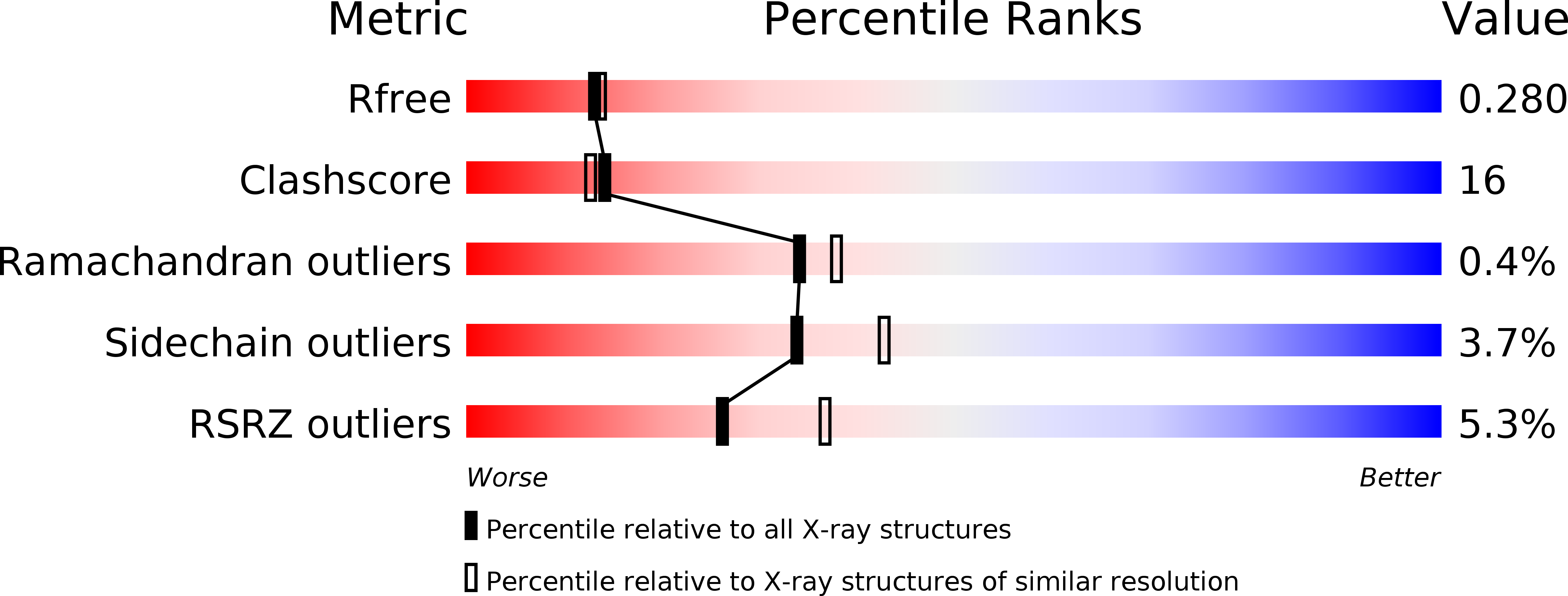
Deposition Date
2014-11-19
Release Date
2015-11-25
Last Version Date
2024-03-20
Entry Detail
PDB ID:
3X1J
Keywords:
Title:
Crystal Structure of Phosphopantetheine adenylyltransferase (PPAT/CoaD) with AcCoA from Pseudomonas aeruginosa
Biological Source:
Source Organism:
Pseudomonas aeruginosa 2192 (Taxon ID: 350703)
Host Organism:
Method Details:
Experimental Method:
Resolution:
2.33 Å
R-Value Free:
0.27
R-Value Work:
0.22
R-Value Observed:
0.22
Space Group:
C 2 2 21


